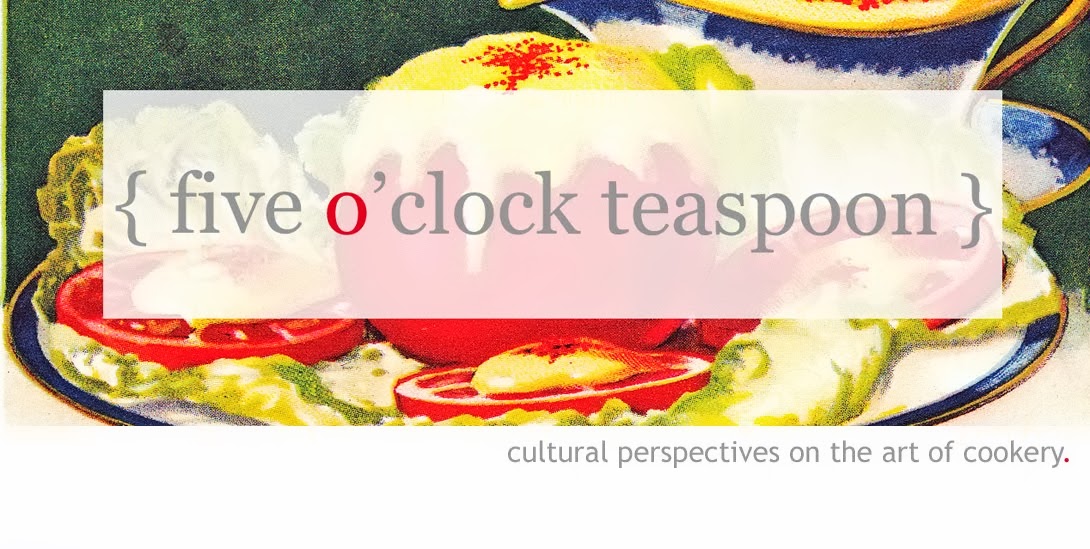 |
| Mustard flower |
Growing mustard couldn't be easier, requiring little attention and plenty of sun. The brown pods may be picked and the seeds harvested for cooking purposes. For a homemade mustard, soak of few tablespoons of the seeds in water for several hours. When softened, grind in a food processor or in a mortar and pestle, adding a splash of vinegar and flavorings such as honey to taste.
 |
| Image from Britton, N.L., and A. Brown. 1913. An Illustrated Flora of the Northern United States, Canada and the British Possessions. 3 vols. Charles Scribner's Sons, New York. Vol. 2: 193. Courtesy of Kentucky Native Plant Society, found at USDA Plant Database. |
My favorite use of mustard seed is in tempering, or tadka, whereby the whole seeds are heated in oil to develop a toasty, popcorn-like flavor used often in Southern Indian cuisine as a kind of garnish. A variety of ingredients may be added to the mustard seed tempering, including curry leaves, whole or diced chilies, cumin, and asafoetida, imparting complex flavors when poured onto rice and dal dishes, or in pickling recipes. It also features as the secret ingredient in a lighter, stovetop version of macaroni and cheese. See recipe below.
 |
| Mock Macaroni and Cheese |
Mock Macaroni and Cheese
Serves 2
This recipe uses significantly less cheese and fat than traditional baked macaroni and cheese and takes just minutes to prepare. The resulting taste is nevertheless reminiscent of the original. The mustard also adds a nice crunchy element. This is a very casual dish so measurements are approximate. For a vegan version, substitute romano with vegan parmesan.
Ingredients
1 cup elbow macaroni
1 Tbs grated romano cheese
11/2 Tbs canola oil
3 tsp mustard seed
2 tsp sweet paprika powder
pinch asafoetida (optional)
fresh coriander leaves or parsley to garnish (optional)
Cook macaroni in boiling water until soft. Drain and return to the pot. Sprinkle romano cheese and paprika evenly over top. Meanwhile, heat oil and mustard seeds over medium heat in a small pan or pot such as a butter warmer. When mustard seeds begin to pop after a few minutes, remove from heat, add asafoetida if using, and pour over macaroni. Immediately stir all of the ingredients together so that they are evenly distributed. Spoon into bowls, top with cilantro or parsley and serve.

